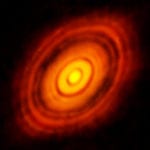 Miscellaneous
Miscellaneous  Miscellaneous
Miscellaneous  Gaming
Gaming 10 Funny Tutorials in Games
 History
History 10 Fascinating Little-Known Events in Mexican History
 Facts
Facts 10 Things You May Not Know about the Statue of Liberty
 Movies and TV
Movies and TV 10 Movie Adaptions That Brought Popular Songs to Life
 Health
Health 10 Miraculous Advances Toward Curing Incurable Diseases
 Miscellaneous
Miscellaneous 10 Undeniable Signs That People’s Views of Mushrooms Are Changing
 Animals
Animals 10 Strange Attempts to Smuggle Animals
 Travel
Travel 10 Natural Rock Formations That Will Make You Do a Double Take
 Movies and TV
Movies and TV 10 Actors Hidden in Your Favorite Movies
 Miscellaneous
Miscellaneous 10 Interesting Things Manufacturers Stopped Making and Why
 Gaming
Gaming 10 Funny Tutorials in Games
 History
History 10 Fascinating Little-Known Events in Mexican History
Who's Behind Listverse?

Jamie Frater
Head Editor
Jamie founded Listverse due to an insatiable desire to share fascinating, obscure, and bizarre facts. He has been a guest speaker on numerous national radio and television stations and is a five time published author.
More About Us Facts
Facts 10 Things You May Not Know about the Statue of Liberty
 Movies and TV
Movies and TV 10 Movie Adaptions That Brought Popular Songs to Life
 Health
Health 10 Miraculous Advances Toward Curing Incurable Diseases
 Miscellaneous
Miscellaneous 10 Undeniable Signs That People’s Views of Mushrooms Are Changing
 Animals
Animals 10 Strange Attempts to Smuggle Animals
 Travel
Travel 10 Natural Rock Formations That Will Make You Do a Double Take
 Movies and TV
Movies and TV 10 Actors Hidden in Your Favorite Movies
10 Groundbreaking Firsts In Astronomy
Astronomy is probably the oldest science. Ancient civilizations around the world gazed up at the sky and the stars, but it wasn’t until the scientific enlightenment of the 17th century that astronomers were able to get a handle on how things actually worked up there. These new discoveries would eventually lead to the rich, fascinating picture of the universe we have today. Here are a few significant milestones that had to be reached along the way.
10First Suggestion Stars Are Like The Sun

People have mapped the stars for thousands of years, but for most of that time nobody had any clue what they were. The idea that stars were the same as the Sun, but a really, really long way away, didn’t turn up until the 16th century. In 1584, the Italian Philosopher Giordano Bruno came up with a whole bunch of theories that we now know to be true. He said that stars were just like the Sun, that they were a huge distance from the earth, and that they might even have worlds like ours in orbit. He also suggested that the universe might be infinitely large.
Of course, being ahead of your time on matters of astronomy wasn’t good for you in the 16th century. The Catholic Church imprisoned Bruno in 1592. He was burnt to death eight years later. Over the next hundred years his ideas came to be commonly accepted among scientists.
9First To Measure Distance Of Stars And Coin The Term Light-Year
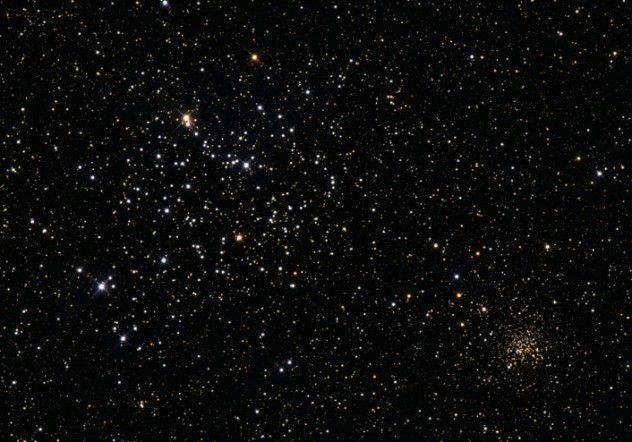
When scientists finally agreed that stars were distant suns, they soon started to ask: how far away, exactly? The first measurement was made by the Russian astronomer Friedrich Bessell. The star he measured is called 61 Cygnus, and the measurement was the equivalent of standing in San Francisco, looking at a pizza in New York (where the best pizzas are, of course), and figuring out how many miles it is to the pizza shop. In 1838 he used what is known as the parallax technique to come up with a distance of 10.3 light-years, not far off modern measurements of 11.4. It was an astonishing distance for the time. Bessel was a huge contributor to astronomy in general, mapping the position of a staggering 50,000 stars.
8First Telescope
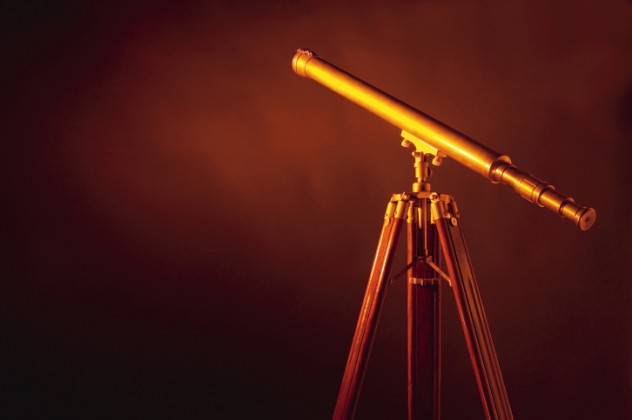
The first patent for a telescope was applied for by a Dutch eyeglasses manufacturer named Hans Lippershey. In 1608, he created a device capable of producing 3x magnification. However, the invention of the telescope, like all great technological breakthroughs, comes with controversy. It’s also the story of the invention of the microscope, as both instruments were the same piece of technology at that point. Lippershey’s town of Middelburg was also home to Hans and Zacharias Janssen, a father and son lens-crafting team who claimed credit for the invention and accused Lippershey of thievery. Another Dutch spectacle-maker, Jacob Metius of Alkmaar, filed a patent similar to Lippershey’s a few weeks later.
The Dutch spectacle-makers were so busy arguing among themselves over who came up with the magnification device none of them actually did any astronomy with it. That honor famously goes to Galileo, whose numerous achievements we’ve discussed before. Galileo’s versions eventually reached 10 times the power of the originals, although none of the Dutch lens-makers were imprisoned for heresy, so there’s that.
7First Discovery Of An Asteroid
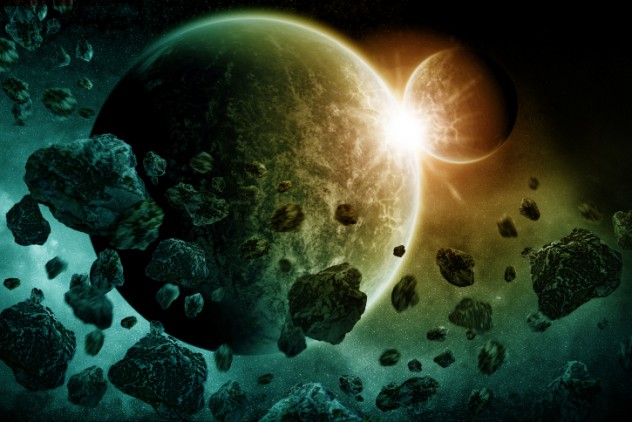
There are over a million asteroids in the solar system (which is a lot). However, they are mostly very small. The largest is Ceres, a dwarf planet located in the asteroid belt, which is still just a fraction of the size of the Moon. It’s because they’re so tiny that astronomers didn’t actually spot any until 1801. Swiss scientist Giuseppe Piazzi was making observations of stars, when he noticed a relatively faint one that kept on moving. After a couple of weeks of observation he thought perhaps he had found a comet without a tail, though it was later classed as a planet. In reality it was neither, as he’d found Ceres.
In some ways, early astronomers considered asteroids a nuisance. They earned the nickname “vermin of the skies” for their habit of leaving streaks on photographs of stars. The first asteroids near Earth were discovered nearly 100 years later, paving the way for cultural highs like Deep Impact and Armageddon.
6First Use Of Spectroscopy
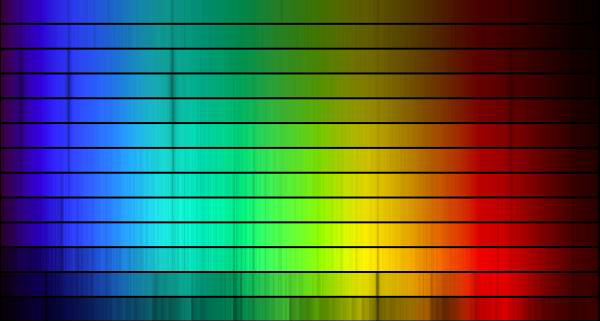
“Of all objects, the planets are those which appear to us under the least varied aspect. We see how we may determine their forms, their distances, their bulk, and their motions, but we can never known anything of their chemical or mineralogical structure.” So wrote French philosopher Auguste Comte in 1842. While spectacularly wrong, his position was understandable. At that time, figuring out what things were made of meant getting them into a laboratory, which for stars and planets was impossible.
The technique that made Comte wrong is known as spectroscopy. It’s basically a method of passing light through a grating onto a surface, producing a pattern of lines. Every element gives off light at a different wavelength, and every wavelength produces a different pattern of lines. Performing this process on starlight (or light from anywhere else) allows us to determine the composition of celestial objects, even over unfathomable distances. The man that invented the technique at the start of the 19th century was Joseph von Fraunhofer, who used it to analyse light from the Sun and Moon. Fraunhofer also created the heliometers that allowed the distance measurements by Bessel.
5First Photograph Of An Object In Space
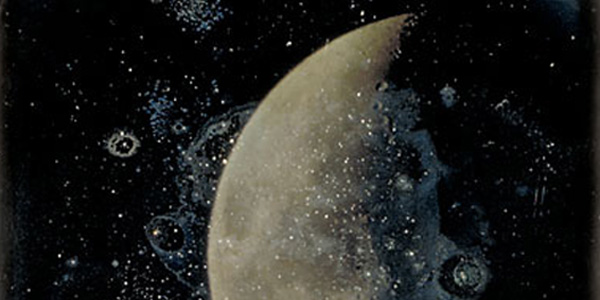
Observation with the naked eye was able to produce a fair amount of information about the solar system, but it has some significant limits, and the invention of photography in the 19th century would prove to be a massive boon for astronomers. The first person to point a camera at the sky was Louis Daguerre in 1839. He created a picture of the Moon by slowly following it across the sky. Unfortunately his lab burnt down a short while later so we don’t have a record of his work. The oldest surviving photo of the moon is from 1851, produced by John Adams Whipple. Daguerre’s contribution is still acknowledged, as the type of photograph is known as a daguerreotype.
4First Observation Outside The Visible Spectrum
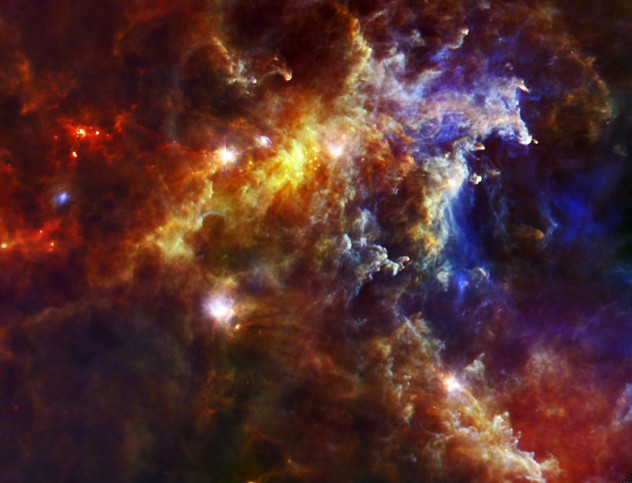
There is a limit shared by both photography and naked eye observation—they both rely on the visible spectrum of light. Today astronomers observe the sky in everything from radio waves at one end of the electromagnetic spectrum to gamma rays at the other, providing a huge amount of information about our universe. The discovery of infrared, which has a wavelength slightly longer than light, was made by British physicist William Herschel in 1800. This was the first non-visible radiation from space that we ever took notice of.
It took over half a century for Charles Piazzi Smyth to measure infrared radiation from the Moon, which he did in 1856. A much bigger contribution was made in 1870 by the fourth Earl of Rosse, who used measurements of infrared to estimate the temperature of the Moon’s surface to be a cosy 500 °F (though we now know it’s about 250 °F during the daytime). As the British magazine the Spectator wrote at the time, “it seems strange to learn from science that the full moon is so intensely hot that no creature known to us could long endure contact with her heated surface. Such is the latest news which science has brought us respecting our satellite.”
3First Prediction Of A Solar Eclipse
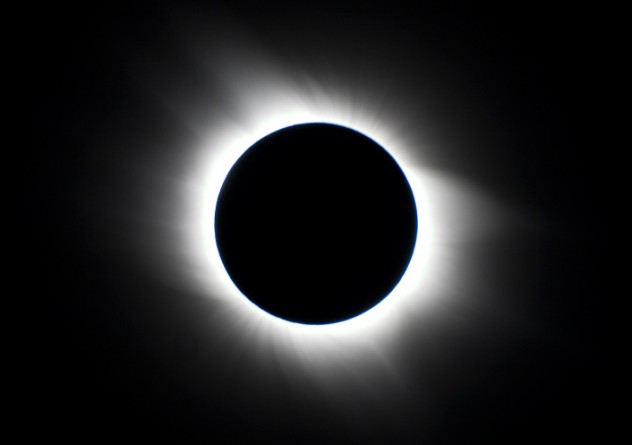
One of the earliest things anyone ever noticed about the heavens was that they followed a pattern. If they had got around to inventing clockwork they probably would’ve used it as a clichéd analogy. The ability to predict where the planets would be came long before anyone had any notion of what they were. Perhaps the most impressive heavenly spectacles we are able to predict are solar eclipses. NASA lists them all the way past the year 3000.
The first ever prediction of a solar eclipse is attributed to Thales of Milete in B.C. 585. The Greek historian Herodotus records that the eclipse Thales predicted coincided with a battle between two empires in what is now Turkey. The eclipse caused the soldiers to lay down their weapons, and a peace treaty was signed shortly afterwards, ending 15 years of war. Unfortunately, astronomical events are no longer able to end international conflicts.
2First To Measure The Speed Of Light

When Bessell made his observation of the distance in light-years to 61 Cygnus he was only able to do so because he knew the speed of light. This had been observed almost two centuries earlier in 1676 by Ole Roemer, a Danish astronomer. Up until then it was questioned whether light even had a speed, as many natural philosophers believed its movement between points was instantaneous, or that it was so fast as to make no practical difference. Roemer didn’t set out to enter this debate, his discovery was an accident.
Roemer had been measuring the eclipses of the moons of Jupiter for the purpose of navigation. He found over the course of many years that the eclipses occurred later than predicted when Earth was farthest from Jupiter in its orbit and the eclipses came early when the planets were relatively close. Roemer figured out that this could be because it took longer for light to reach Earth when the distance is greater and vice versa. Some rough calculations on Roemer’s data by Dutch scientists Christiaan Huygens produced a figure of 210,824 kilometers (131,000 miles) per second for light, not far from the true figure of 299,792 kilometers (186,000 miles) per second.
1First Galaxy Observed
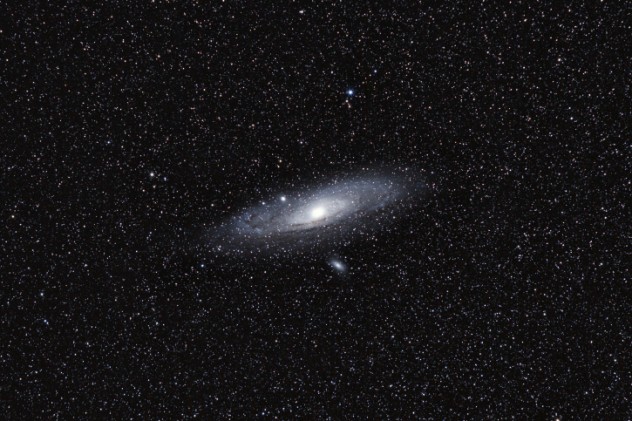
Apart from our own Milky Way, the first record that we have of another galaxy being noticed was all the way back in 964 AD. The observation was made by Persian astronomer Abd-al-Rahman Al Sufi, who had spotted our closest neighbor, Andromeda, calling it a “little cloud.” He had no idea what it was, because it was almost 1,000 years before Edwin Hubble confirmed the existence of galaxies as we know them.
In 1924, Hubble trained his telescope on Andromeda and was able to use measurements of the brightness of stars to figure out that it was 860,000 light-years away, far beyond the edge of the Milky Way. Up until that point some believed that the Milky Way might actually be the extent of the universe.
Alan is a full-time writer who you can pester on Twitter, email or read his blog (which he promises to update more often) at skepticalnumber.com.
